Growing Focus on Mental Health
The rising emphasis on mental health awareness is influencing the Naltrexone and Buprenorphine Market. As society becomes more attuned to the interconnectedness of mental health and substance use disorders, there is a growing recognition of the need for integrated treatment approaches. This shift is prompting healthcare providers to consider the psychological aspects of addiction, leading to increased utilization of Naltrexone and Buprenorphine as part of comprehensive treatment plans. Furthermore, public health campaigns aimed at reducing stigma surrounding addiction are likely to encourage more individuals to seek help, thereby expanding the market. The intersection of mental health and addiction treatment is poised to drive demand for these medications.
Supportive Regulatory Frameworks
The Naltrexone and Buprenorphine Market benefits from supportive regulatory frameworks that facilitate access to addiction treatments. Governments and health organizations are increasingly recognizing the importance of addressing substance use disorders through policy initiatives. For instance, the expansion of Medicaid coverage for addiction treatment services has made these medications more accessible to a broader population. Additionally, regulatory bodies are streamlining the approval processes for new formulations and delivery methods of Naltrexone and Buprenorphine, which may further stimulate market growth. This supportive environment is crucial for encouraging pharmaceutical companies to invest in research and development, ultimately leading to a more robust market.
Advancements in Treatment Protocols
Innovations in treatment protocols for opioid dependence are shaping the Naltrexone and Buprenorphine Market. Recent studies have demonstrated the efficacy of combining these medications with behavioral therapies, enhancing patient outcomes. The integration of technology, such as telemedicine, into treatment plans is also gaining traction, allowing for more accessible care. As healthcare systems adapt to these advancements, the demand for Naltrexone and Buprenorphine is likely to increase. Furthermore, the introduction of long-acting formulations of these medications may improve adherence rates among patients, thereby driving market growth. The evolving landscape of addiction treatment underscores the importance of these medications in comprehensive care strategies.
Rising Incidence of Substance Use Disorders
The increasing prevalence of substance use disorders is a primary driver for the Naltrexone and Buprenorphine Market. Reports indicate that millions of individuals are affected by opioid addiction, leading to a heightened demand for effective treatment options. This trend is further exacerbated by the growing recognition of addiction as a chronic disease, necessitating long-term management strategies. As healthcare providers seek to address this urgent public health issue, the market for Naltrexone and Buprenorphine is expected to expand significantly. In fact, the market is projected to grow at a compound annual growth rate of over 10% in the coming years, reflecting the urgent need for innovative therapeutic solutions.
Increased Investment in Research and Development
Investment in research and development within the Naltrexone and Buprenorphine Market is a critical driver of growth. Pharmaceutical companies are actively exploring new formulations and delivery methods to enhance the efficacy and safety profiles of these medications. This focus on innovation is likely to yield novel treatment options that cater to diverse patient needs. Additionally, collaborations between academic institutions and industry stakeholders are fostering advancements in understanding the pharmacology of Naltrexone and Buprenorphine. As new data emerges, it may lead to expanded indications for these medications, further propelling market growth. The commitment to R&D underscores the potential for these drugs to play a pivotal role in addressing the ongoing addiction crisis.


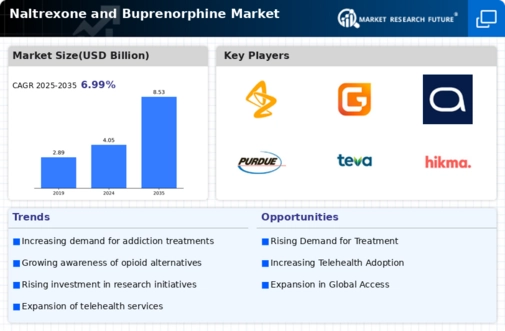

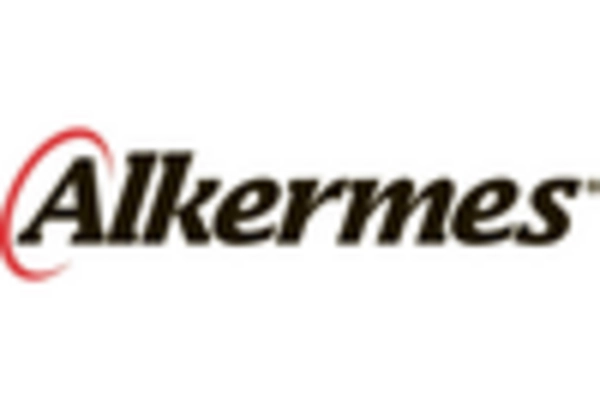
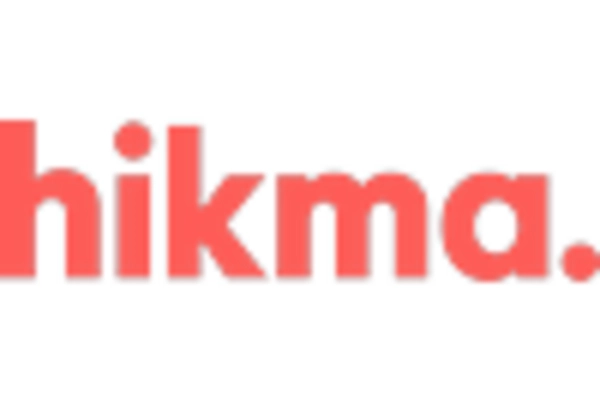

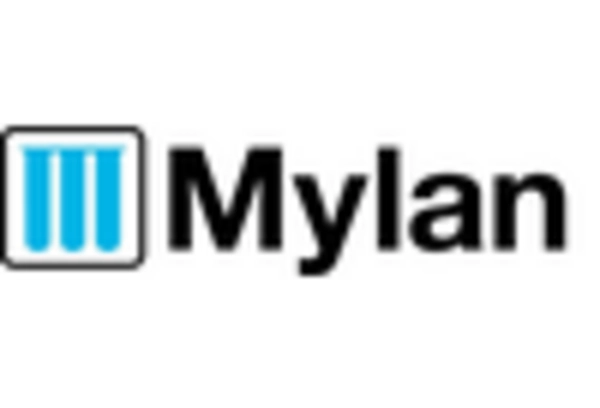
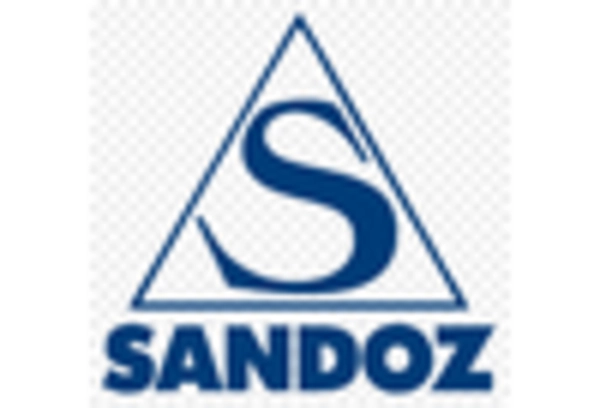
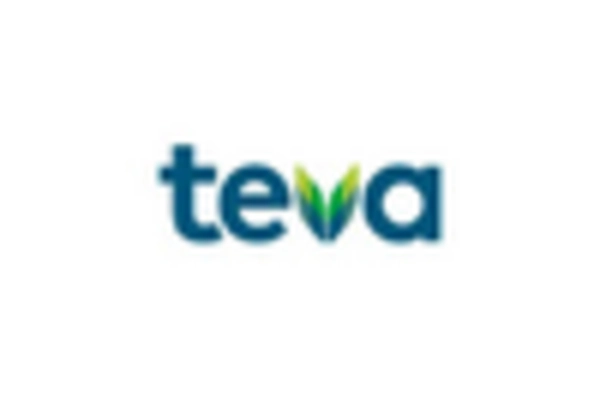








Leave a Comment